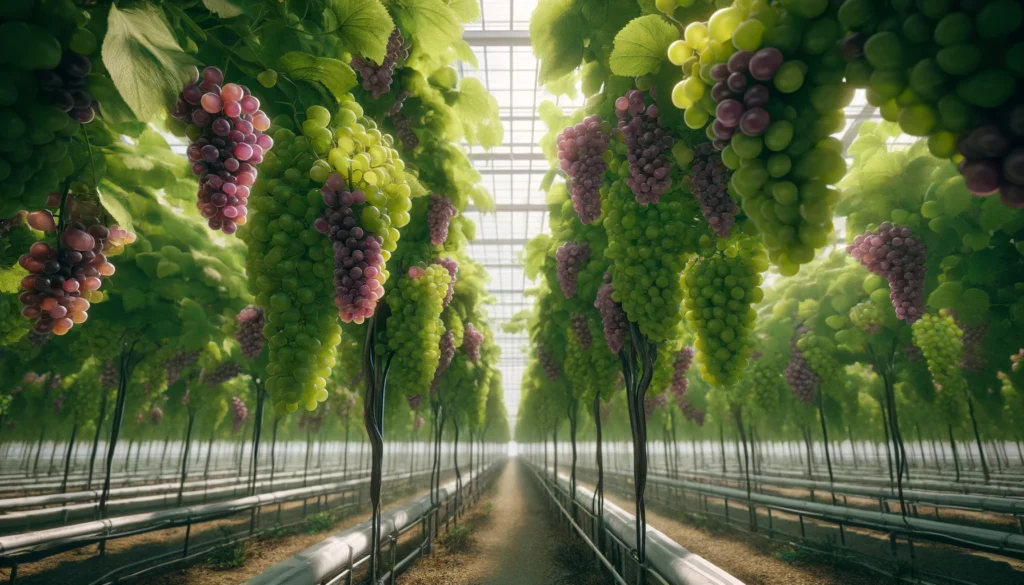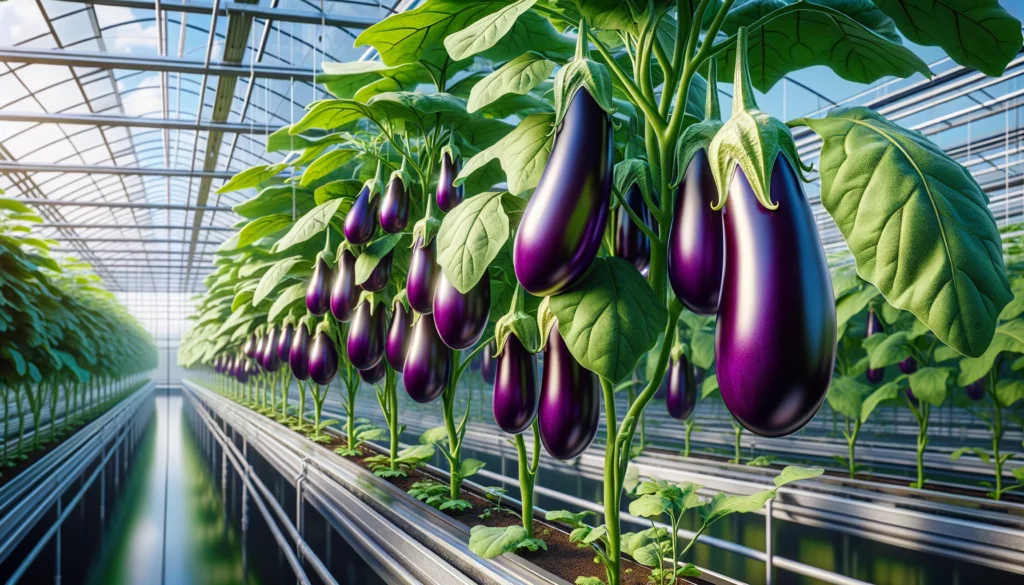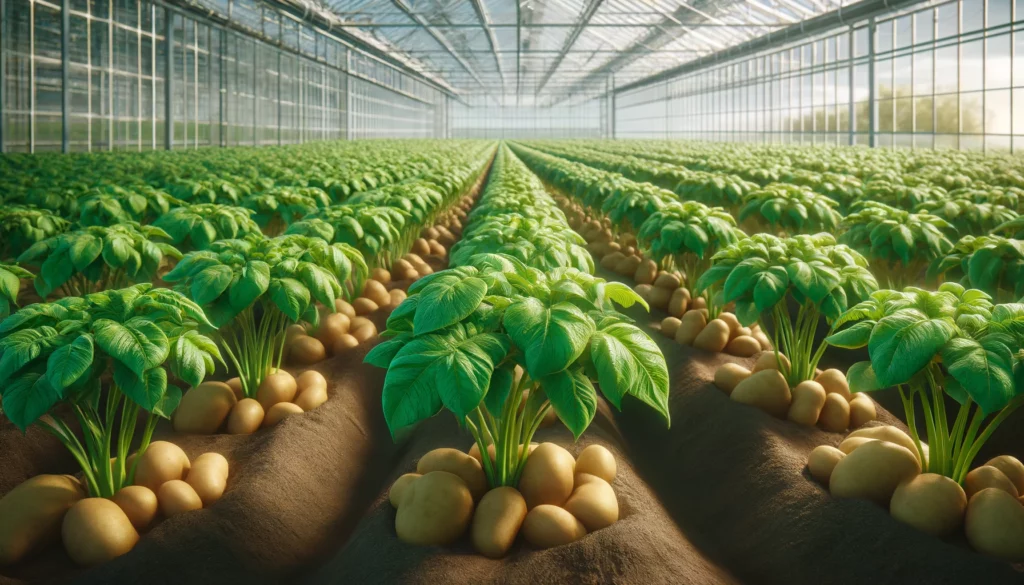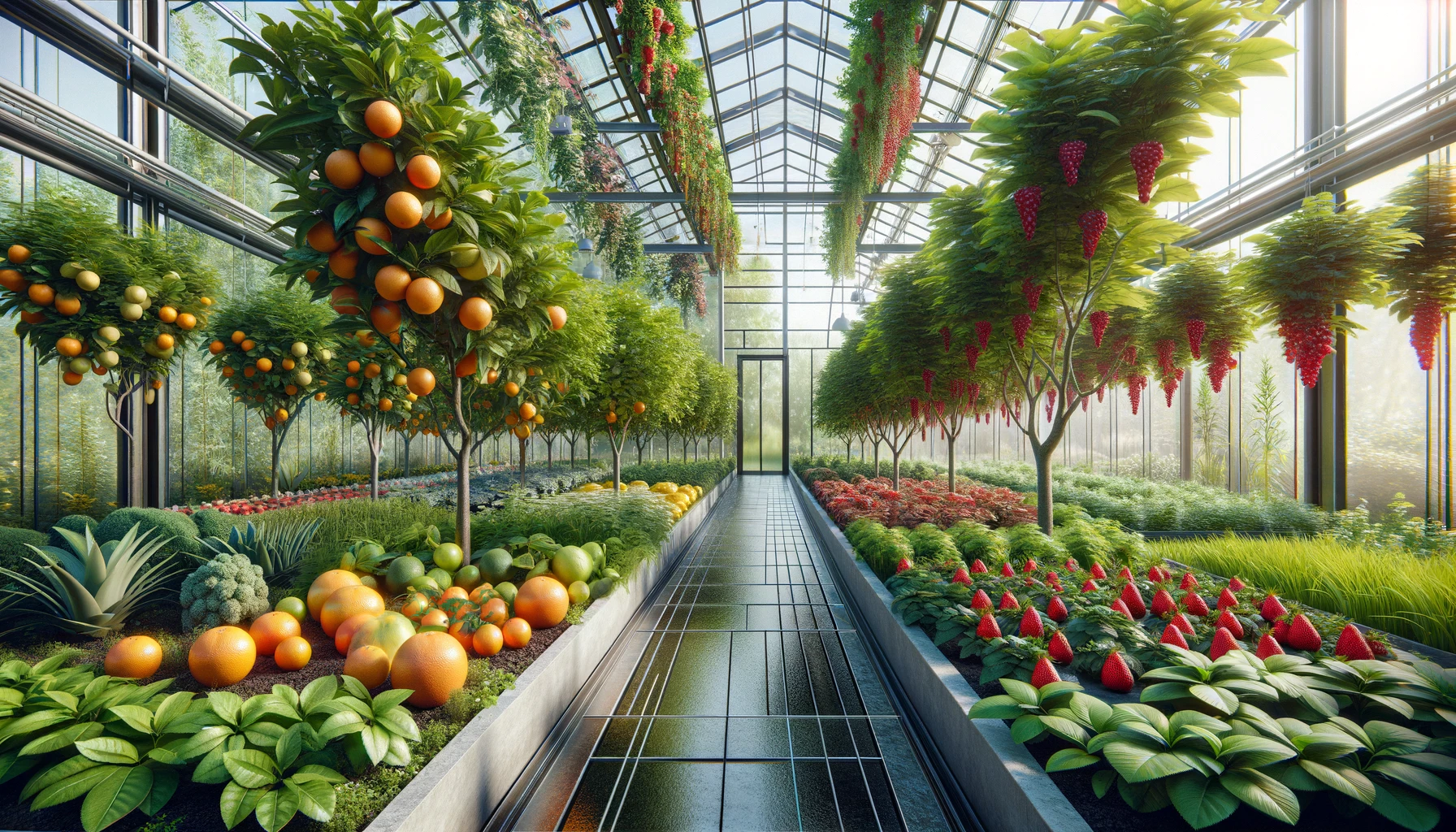Introduction
For gardeners facing the chill of northern climates, a greenhouse provides a sanctuary for extending the growing season into the colder months. A well-managed greenhouse not only combats frost but offers a cozy start for spring plantings. Whether you are a beginner or an experienced gardener, and regardless of your greenhouse’s heating setup, this guide introduces a variety of crops perfect for greenhouse cultivation, ensuring your gardening remains vibrant all year round.
Choosing Your Greenhouse Crops
If you’re pondering what to grow in your greenhouse and need some inspiration, this curated list of plants will guide both new and seasoned gardeners. There’s something for everyone, from warm-loving fruits to cool-weather vegetables, suitable for a range of greenhouse types from heated to unheated.
Spice Up with Chilies
Chilies, with their fiery flavor, are ideal for a greenhouse setting. They thrive in steady temperatures between 60 and 64 degrees Fahrenheit and require consistent moisture—aim to water every two to three days without over-saturating the soil. Start seeds in a warm indoor spot or a heated propagator, and transplant them once they sprout leaves, ensuring to enrich the soil with tomato fertilizer or organic compost for optimal growth.

Tropical Flavors with Citrus
Citrus trees bring a burst of the tropics with their needs for warmer conditions, ideally between 70 and 90 degrees Fahrenheit. They prefer well-draining loamy soil enriched with peat, perlite, and vermiculite. Regular watering is crucial, but be wary of overwatering which can cause leaf yellowing. Citrus plants require ample sunlight and should be positioned away from direct contact with the greenhouse glass to prevent leaf scald.
Vineyard Vibes with Grapes
Grapes are a long-term commitment with a need for deep pots and a sunny spot in your greenhouse. They flourish in temperatures above 61 degrees Fahrenheit and require well-draining soil, which can be achieved with a base layer of gravel followed by rich organic soil. Grapevines take about three years to fruit, so patience is key.

Heat Lovers: Melons
Melons thrive in the humid, warm environment of a heated greenhouse. Ideal temperatures range from 59 to 73 degrees Fahrenheit. Ensure fertile, well-drained soil and regular watering. To aid in pollination, use a small brush to transfer pollen among flowers. Space seeds widely as melons grow quickly after germination.
Crisp Addition: Cucumbers
For best growth, cucumbers need temperatures between 53 and 59 degrees Fahrenheit and at least six hours of direct sunlight daily. They prefer high humidity, which can be maintained through regular misting. Select shade-tolerant or self-pollinating varieties if sunlight is scarce during winter months.
Robust Flavor: Eggplants
Eggplants demand full sun and warm conditions, ideally between 69 and 74 degrees Fahrenheit. They benefit from nutrient-rich, loamy soil and regular watering. Use tomato fertilizer to nourish the plants and harvest when the skin is shiny for the best taste.

Cool Thrivers: Peas and Brussels Sprouts
Peas require a minimum soil temperature of 39 degrees Fahrenheit and do well in cool conditions around 73 degrees Fahrenheit. Brussels sprouts, on the other hand, prefer slightly chillier temperatures and need fertile, moist soil. Both crops benefit from additional light sources if natural sunlight is insufficient.
Hearty Greens: Potatoes and Kale
Potatoes and kale are adaptable and can thrive in cooler temperatures. Potatoes grow best between 60 and 70 degrees Fahrenheit, while kale prefers temperatures between 55 and 75 degrees Fahrenheit. Both require well-draining soil and moderate watering.

Sweet Delights: Strawberries
Strawberries need cooler conditions, between 60 and 77 degrees Fahrenheit, and well-drained soil. They require significant sunlight, which may necessitate grow lights during winter. Regular fertilization with organic compost will encourage robust growth and fruitful harvests.
Conclusion
Greenhouse gardening offers a rewarding way to extend your growing season, allowing for a diverse range of crops that can flourish even in cooler climates. By choosing the right plants for your setup and maintaining proper care, you can enjoy a productive garden all year long.
